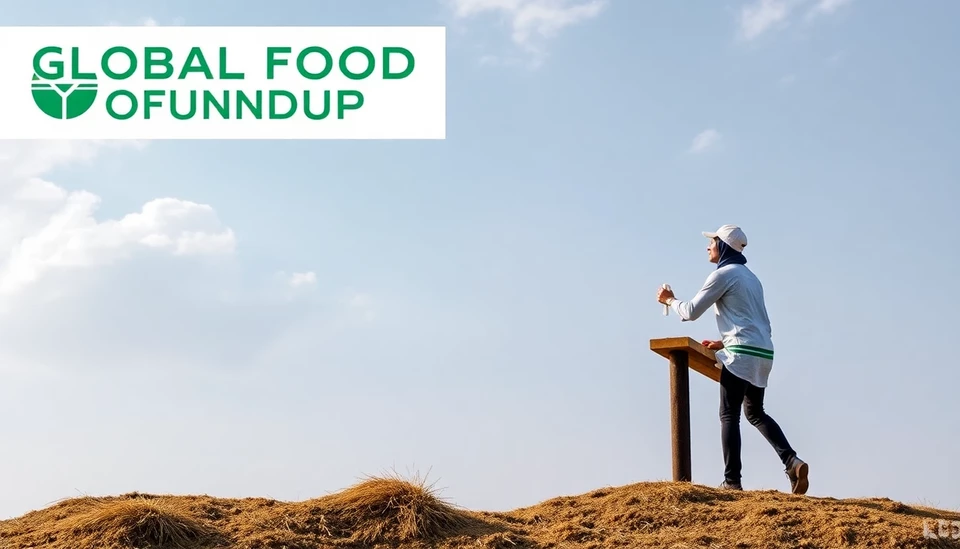
In a rapidly evolving landscape of global food supply and pricing, the ongoing trade war is posing significant threats to international food flows. The complexities of tariffs, trade agreements, and agricultural policies are shaping market dynamics like never before. Recent reports from prominent market analysts indicate that the ripple effects of these tensions are being felt worldwide, influencing everything from commodity prices to food availability at retail outlets.
The United States and its major trading partners, particularly in Asia, are facing mounting pressures as both sides engage in what appears to be an escalating conflict centered around agricultural subsidies, import tariffs, and export restrictions. Such actions not only disrupt established supply chains but also lead to increased prices for consumers, creating a burden on household budgets. Experts emphasize that these pressures will likely extend into the near future, signifying a paradigm shift in how global food is produced, distributed, and consumed.
In the backdrop of this trade conflict, the prices of staple commodities such as wheat, corn, and soybeans have begun to fluctuate dramatically. Factors including adverse weather conditions, poor harvests, and geopolitical tensions have further exacerbated this instability. Investors are closely monitoring these trends, anticipating that volatile market conditions will continue to unfold as the trade negotiations progress—or stagnate.
Notably, emerging statistics reveal a concerning increase in global food prices, attributed largely to these geopolitical tensions. According to a recent report by the Food and Agriculture Organization (FAO), the food price index has seen substantial gains, showcasing a potential crisis in food security for several nations reliant on imports. This trend raises alarms for those dependent on a stable food supply; experts warn that the situation could escalate if governments do not reach timely agreements to ease tensions and stabilize trade flows.
Adding to the complexity, countries that previously relied on consistent exports are reconsidering their positions in light of the changing economic environment. Producers in South America and Europe are adapting their strategies to cater to new market realities, with many pivoting toward alternative export partnerships. This shift not only transforms traditional trade routes but also reshapes global agricultural practices as stakeholders seek to mitigate risk in an uncertain climate.
On top of the trade disputes, the looming specter of climate change continues to pose its own set of challenges. Extreme weather events, such as droughts and floods across key agricultural regions, threaten to further destabilize production. Consequently, the interplay between climate policy and agricultural trade is becoming increasingly vital, as nations strive to enhance both resilience and sustainability within their food systems.
In summary, the interplay of trade wars, climate impacts, and evolving agricultural practices is reshaping the global food landscape. As nations grapple with these challenges, the implications for food prices, availability, and security are likely to deepen, warranting close observation in the months ahead.
As the global food system continues to adapt to the pressures of trade wars and climate change, stakeholders from producers to consumers must remain vigilant and informed to navigate the uncertainties that lie ahead.
#TradeWar #GlobalFoodPrices #Agriculture #FoodSecurity #CommodityMarkets #ClimateChange #EconomicImpact #SupplyChains
Author: Daniel Foster




